After months of re-construction and major repairs to the historic 1909 Santa Fe Depot, 200 S. Jones, a Grand Re-Opening Celebration will be held to show off the beautiful results of the work and the fact that The Depot is now fully “Back on Track” with its programs.
"The staff, board, and patrons of The Depot are extremely grateful for the hard work of the City of Norman, and the Parks & Recreation Department to make sure this historic building is here for our city to enjoy for another 120 years." says Executive Director Shari Jackson. “Come celebrate with us during the Art Walk from 6 to 9 pm on Friday, July 14. There will be lots of exciting things going on at the Depot!”
An opening reception for “Variations on Themes,” paintings by Norman's own Dr. Jim Cobb, will be held concurrently with the “Back on Track” Celebration. There will be complementary light appetizers and libations provided by Norman's 405 Brewing Company and Native Spirits Winery throughout the evening. Live music will be provided by members of SWAN (Songwriters Association of Norman) in the portico.
A Fundraising Raffle will be held to raise money to upgrade gallery lighting and stages with five great packages offered. Tickets are $10 for one, $25 for three, $50 for eight, $100 for 20. Tickets will be sold throughout the evening. All persons who purchase raffle tickets for raffle items listed below will also be eligible for a drawing for an Amtrak voucher for a round trip to Fort Worth for two. Drawing for all raffle packages winners will begin at 8:30 pm July 14. Must be present to win.Raffle packages include:
*A pastel portrait by Mitsuno Reedy (head and shoulders) of one individual. The finished portrait will be approximately 12” x 16” unframed. Value: $850.
*Artist Brad Price will teach a half day (four hour) private workshop for one person. The winner will be able to complete their own painting in the workshop time allowed and to keep Brad's unframed 11”x14” workshop demo painting. Value: $1200.
*Private concert by Annie Oakley—sound provided. Concert may be a “house concert” or may be hosted at the Depot with advance reservation of space. Value: $600.
*Depot Merchandise Package and set of CD's by artists who have performed at The Depot. Depot Merchandise package includes quirky, vintage inspired Depot items by local photographer and maker Lindsay Harkness paired with a small watercolor of our historic building. In addition, winner will receive a treasure trove of CD’s by over a dozen musicians who have taken the Depot stage through the years. Value: $300
There will also be Depot memorabilia for sale including original bricks in a fabric Depot shopping bag for $5 and/or four original depot windows for $150 each. Buy a piece of Santa Fe Depot history!
The Depot is a non-profit arts organization with a mission to create and present excellent and innovative fine arts programs for the enrichment and education of our community. Depot programs include Summer Breeze Concerts in Lions Park, The Depot Gallery, Winter Wind/Jazz and Whistle Stop Concerts and Second Sunday Poetry Readings in the Depot. The Depot is also available to rent for private events and hosts AMTRAK customers each morning.
"We take great pride in the opportunity to serve our community with programs we create in this building, which is on the Register of Historic Places, and in serving as its caretakers so the community can enjoy her." Director Jackson says. To learn more about The Depot visit www.normandepot.org or phone 405 307-9320.







